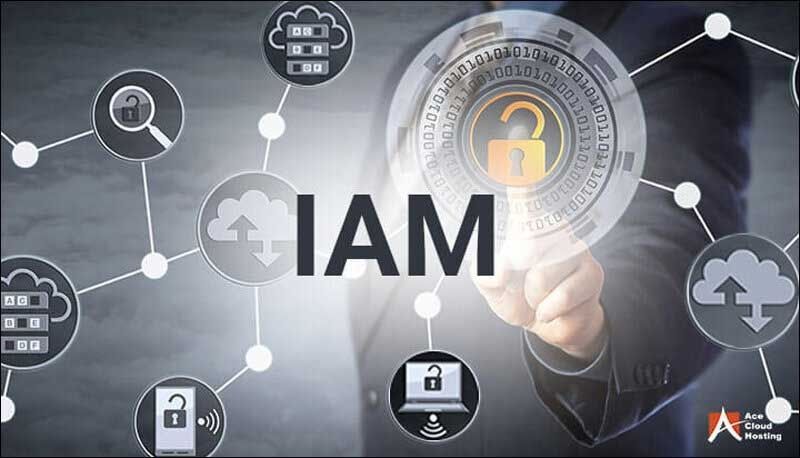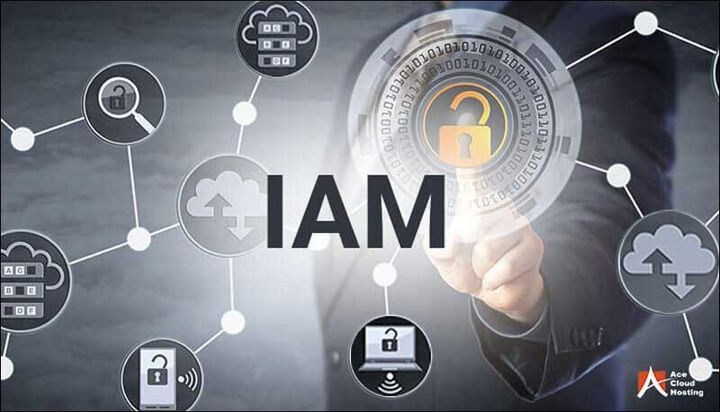IAM equipment organizations help ensure that the right people use the right resources at the right time, all maintaining the compliance with industry standards such as SOC 2, HIPAA and GDPR. From preventing data violations to enabling secure remote access, IAM is the basis for zero confidence security architecture. But with dozens of suppliers in the market, how do you choose the right solution.

The benefits of IAM software for businesses
-
Strong security: Prevents unauthorized access to sensitive systems and data.
-
Zero Trust Readiness: Each access point enables the right control and verification.
-
Regulatory compliance: GDPR, HIPAA, SOX, etc. helps meet the requirements for.
-
Operating efficiency: It reduces the workload through automation and SSO (single login).
-
External workforce Intailing: Now probably from all devices, anywhere.
Main features for viewing in IAM software
When you evaluate the IAM solutions, you prioritize the following:
-
Single Sign-On (SSO)
-
Multifactor authentication (MFA)
-
Roll -based access control (RBAC)
-
User supply and reinforcement
-
Cloud and dimenses integration
-
Reporting of audit logs and match
-
Adaptive risk -based certification
-
Zero trust architecture compatibility
Top IAM software for businesses in 2025
Here are the best identity and access management solutions that stand out in 2025:
-
Octa
Overview: A market leader is known for its strong cloud-based IAM platform and zero confidence integration.
Strength: Excellent SSO, MFA, Life Circle Management and App Integration.
Best for: Companies with cloud-first infrastructure. -
Microsoft Entra (East Azure Ad)
Overview: A comprehensive IAM solution integrated with Microsoft 365 and Azure.
Strength: Seamless Microsoft Ecosystem Support, Conditional Access Guidelines and adversity facilities.
Best for: Enterprises already uses Microsoft products. -
Ping identity
Overview: IAM enterprise class with strong attention to the hybridatmosphere and trade union identity.
Strength: For complex distribution, it supports both large, residents and clouds.
Best for: Companies with a mixture of heritage and modern systems. -
Confirm IBM Security
Overview: AI operated IAM platform with advanced analysis and behavioral access control.
Strength: There is a need for strong deep insights for regulated industries and companies.
Best for: Sector and health service sector. -
Premigrock
Overview: Open-Sos Friendly Iam Platform offers a wide range of perfection options.
Power: Adaptable, developer -friendly, Ciam (Customer IAM) supports.
Best for: More flexibility and API integration seekers.
Trend to see in IAM 2025
-
Zero Trust Adoption: IAM is the basis for the Zero Trust model.
-
Biometric authentication: Fingerprint, face identification and behavioral biometry increase.
-
AI & ML in access control: It is now standard to detect adaptive authentication and deviations.
-
Decentralized identification (DID): Blockchain-based IAM draws attention to cases of privacy-centric use.
-
CIEM (Cloud Infrastructure Entitlement Management): A new team for cloud-country identity security.
How to Choose the Right IAM software for your business
-
Assess the current infrastructure: Cloud-I, hybrid or on-prem?
-
Requirements for listing: HIPAA, GDPR, SOC 2, ISO 27001?
-
Define user types: Internal employees, contractor, third -party sellers?
-
Evaluate scalability: Can it grow with the workforce and charge?
-
Check integration features: Is it integrated with existing HR, ERP, CRM tools?
-
Ask for a test or demo: Test performance, UX and administrator flexibility.
-
Consider support and SLA: 24/7 Global Support, SLAS and Omboarding Service.
Iam implementation tips
-
Start with minimization of access policy
-
Use MFA as default
-
Monitor and revise all access efforts
-
Educate users about fishing and accessing hygiene
-
Regular reviews and updated role -based access
Cases of use of real world
-
Healthcare: Hospital uses IAM to check access to patient data in departments and mobile devices.
-
Finance: Banks use MFA and behavioral analysis to secure online portals.
-
Education: Universities implement IAM for students, faculty and staff to reach different systems.
-
Retail: IAM helps control back access to e -commerce, POS and third party providers.
Frequently asked questions (common questions)
Q1. What is the same as IAM SSO?
No, SSO is a feature of IAM. IAM covers the user's identity, access rights, compliance and certification.
Q2. How do I support zero confidence?
IAM enables minimized access to minimum accession, continuous authentication and real-time surveillance zone trust principles.
Q3. Is the cloud -based IAM better than rims?
For most modern businesses, the cloud -based IAM gives more flexibility, sharp updates and easy integration.
Q4. Can small businesses use IAM software?
Yes. Many IAM platforms provide down-scale solutions for SME with important features such as SSO and MFA.
Q5. What is the return on the IAM software?
IAM fractures on data reduce the risk, improving compliance, and the administrator cuts costs for returns at the moment.
Final thoughts
In a digital-first and safety-conscious world, the identity and access management (IAM) are no longer optional-this is strategic. The correct IAM software not only protects your data, enabling your workforce, ensuring compliance with the regulator and supporting scalable development. Choosing the right platform depends on your specific infrastructure, user base and business goals. Whether you are a fast-scaling mother-in-law start or global business, investing in IAM in your future security currency.







